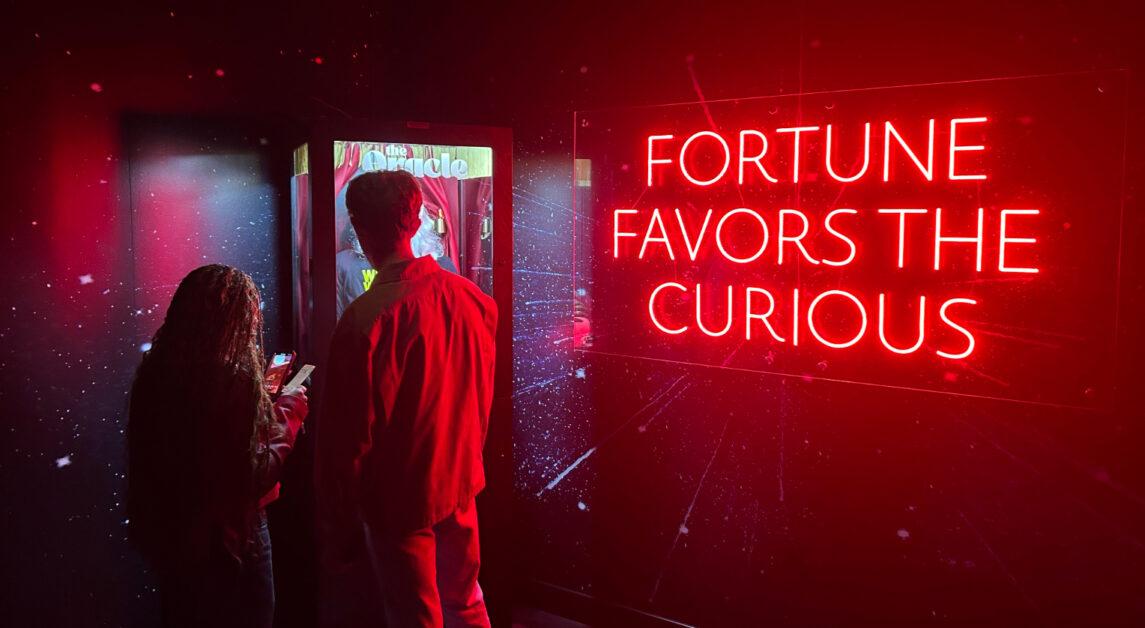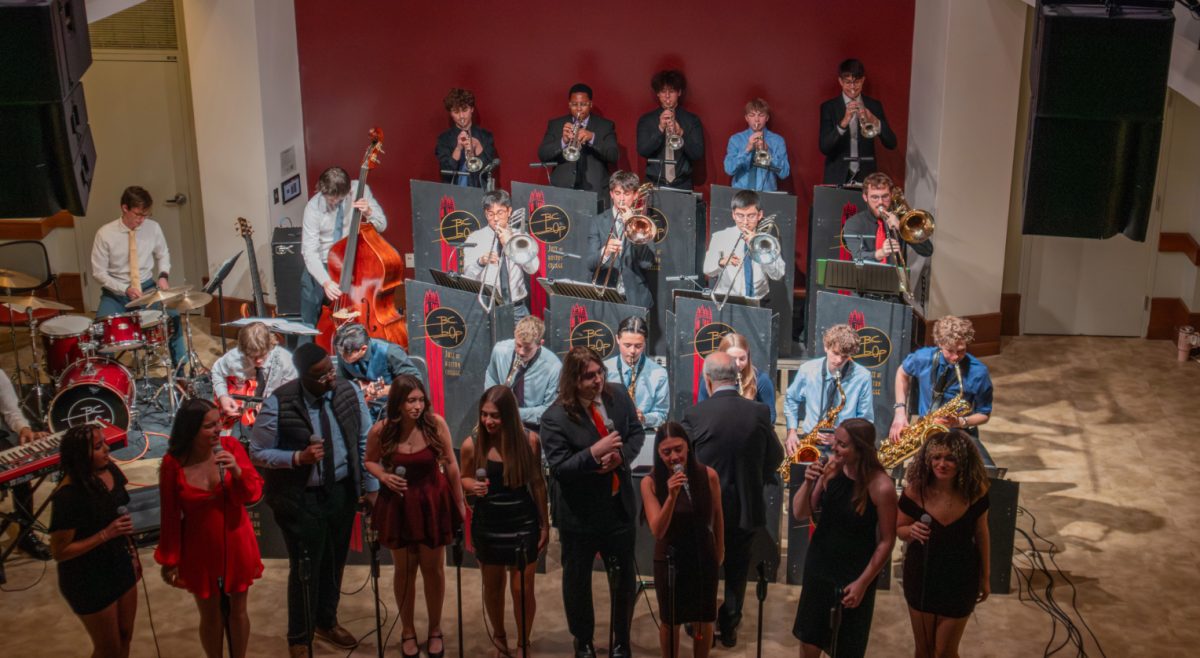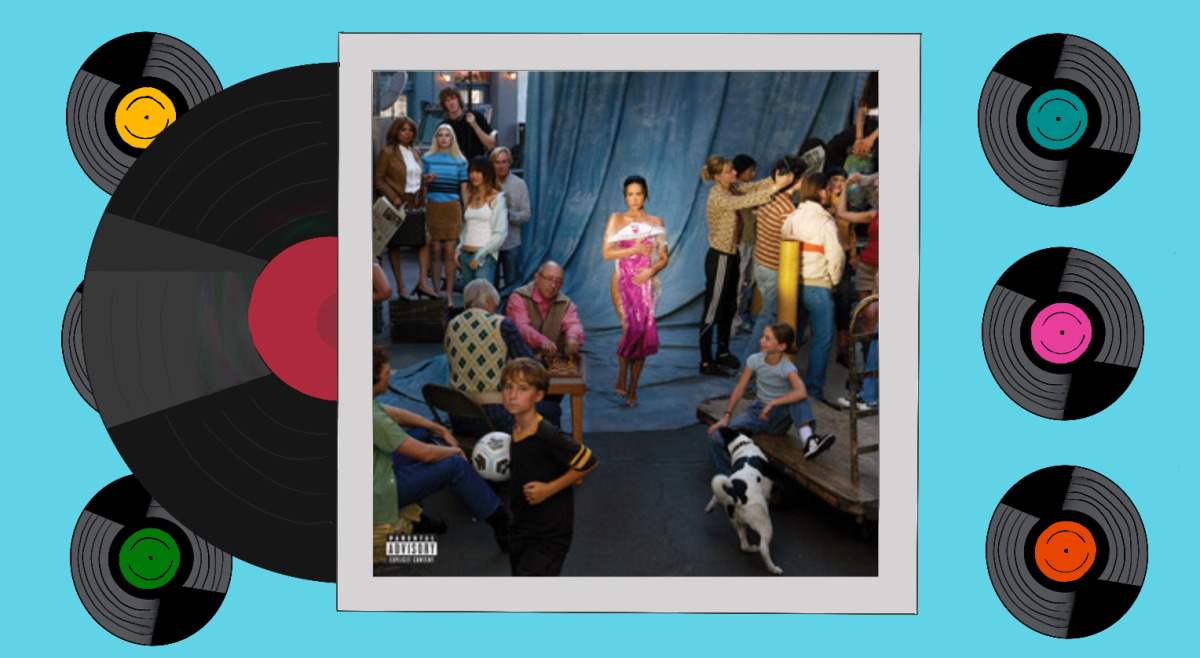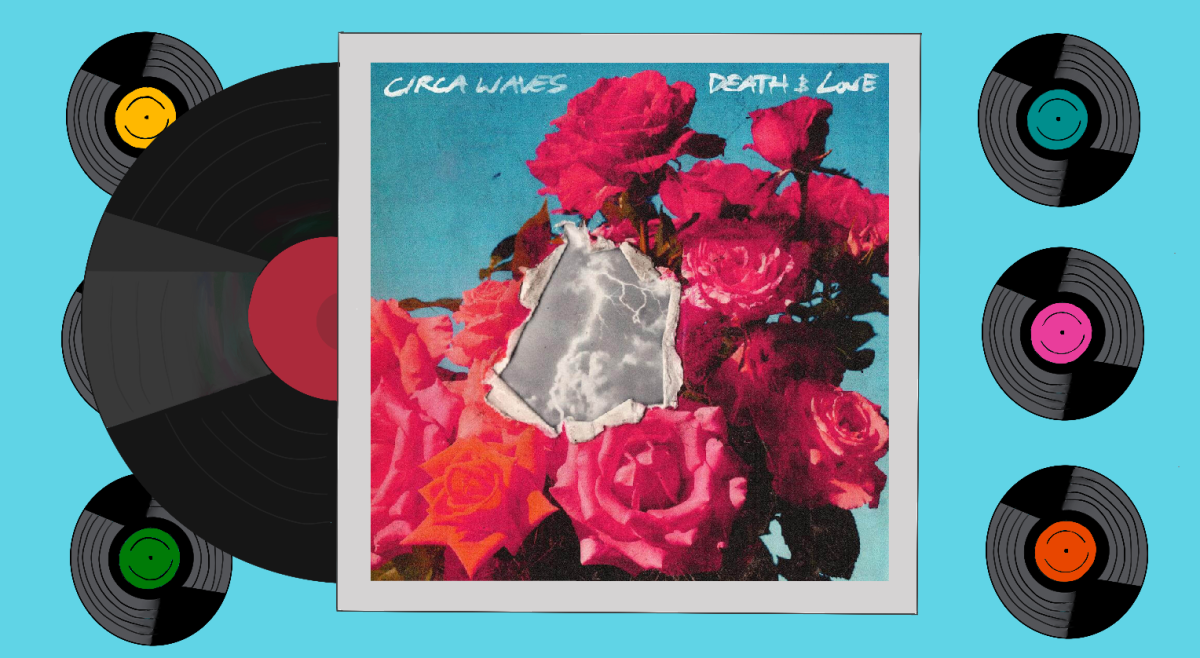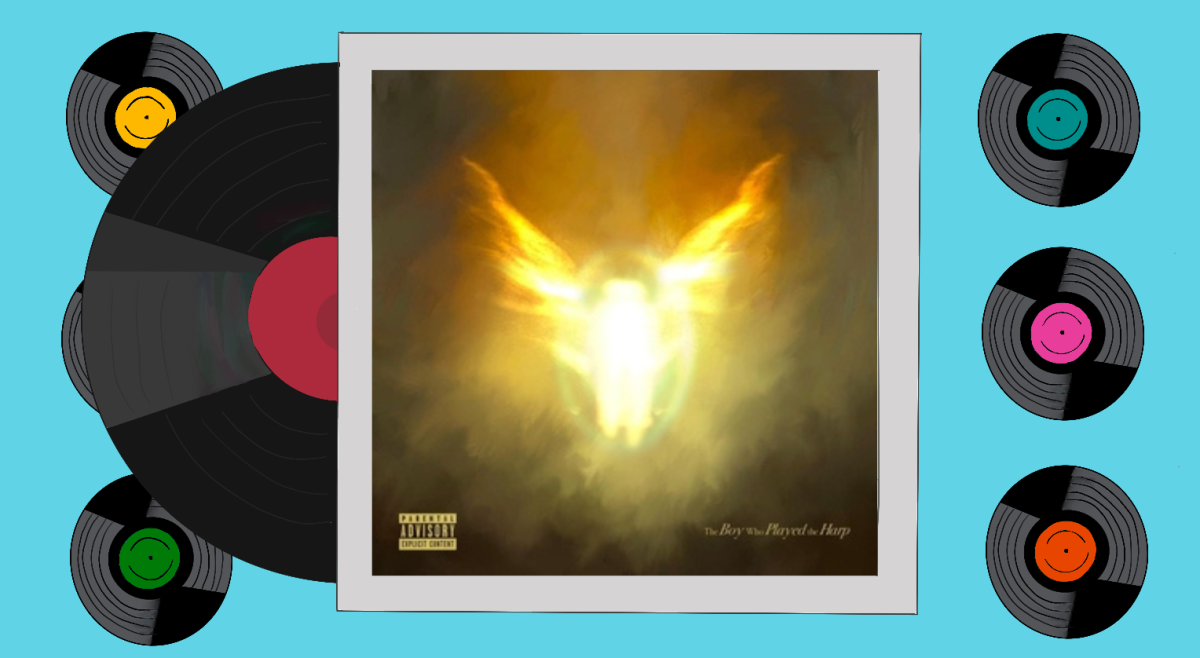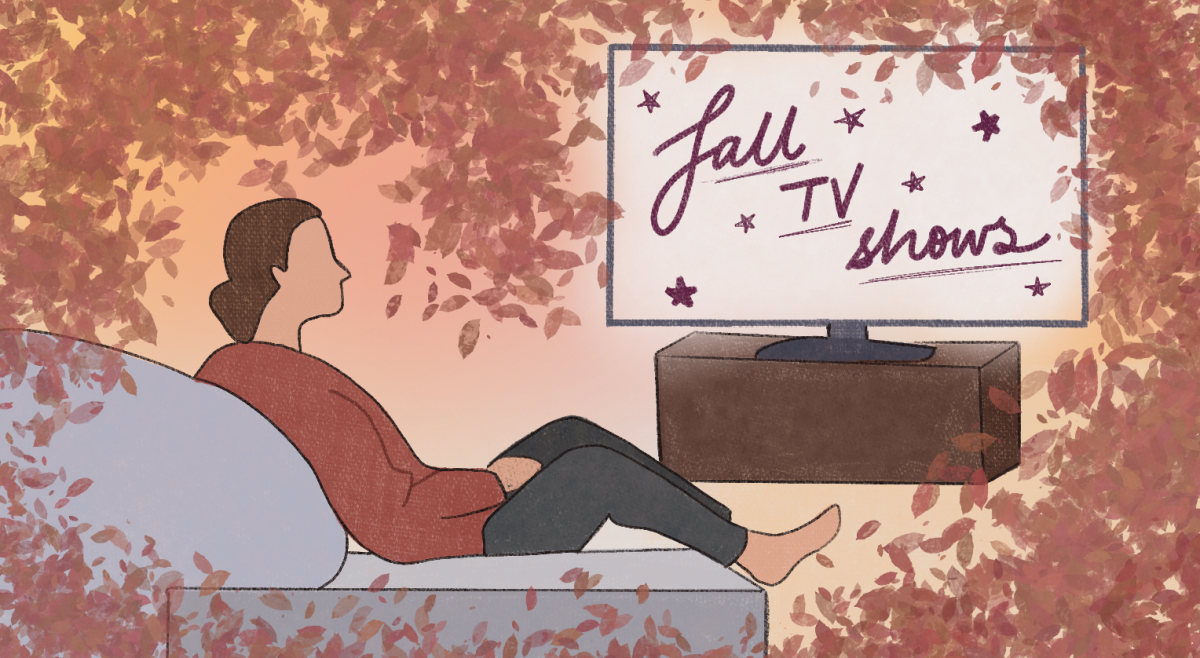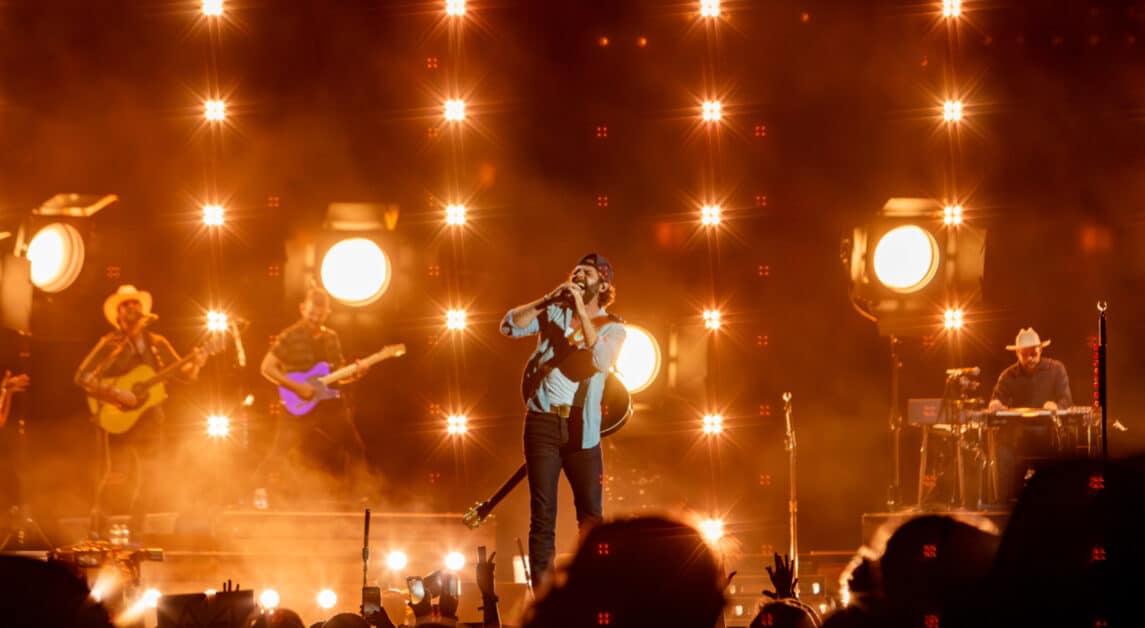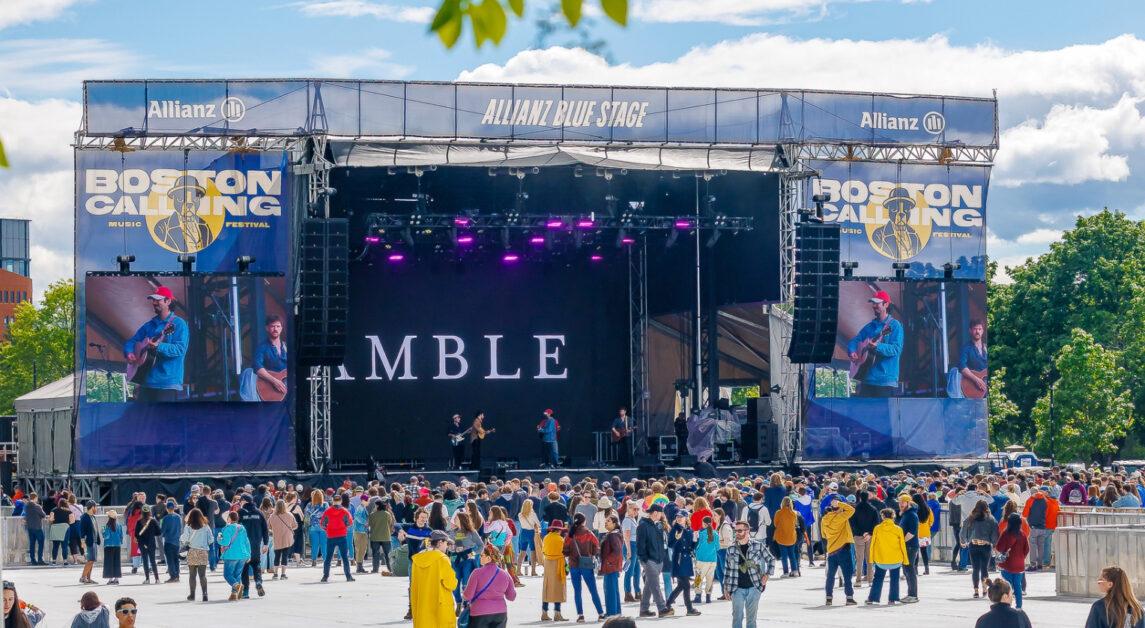WNDR Boston flips the expected museum experience on its head, encouraging the viewer to direct the art. Opening in February 2022, the museum actively incorporates its visitors in each exhibit. An inclusive and immersive experience, WNDR Boston is a new and exciting take on what art can be.
“I’ve never seen anything like this before,” said Aayushi Datta, a museumgoer and sophomore at Boston University.
The experience is not for the faint of heart, though. It features a series of hallucinatory spectacles which include still portraits suddenly springing to life and gesturing as one walks by. Rooms filled entirely with mesmerizing light displays where the heat of your body or the impact of your feet spark colorful reactions in your surroundings can also take visitors by surprise. A handful of such exhibits allow viewers to watch in real time as the art warps in relation to their movement.
Visitor Chloe Jensen presented some advice for newcomers.
“Come in with an open mind and be excited to just wander for a few hours, and not be in a rush,” Jensen said.




Some exhibits are not dependent on the motion of a visitor, but rather provide the wholly unique experience of living within an art piece.
The “Let’s Survive Forever” exhibit contains Yayoi Kusama’s infinity room, first created in 1965, in which visitors are allowed exactly one minute inside a room of complete reflection. Mirrors coat every surface, and reflective balls hang seemingly in midair, placing the viewer into a surreal dreamlike environment with no end in sight. Kusama deliberately makes viewers feel insignificant as she explores themes of the infinite and self-obliteration.
“INSIDEOUT,” by Leigh Sachwitz, also lets the viewer simply sit and admire their surroundings. Placing the visitor in a garden shed reminiscent of the artist’s childhood, “INSIDEOUT” creates projections in congruence around 360 degrees, while the immersive audio strikes notes of the artist’s nostalgia in this three-minute experience. Sachwitz’s youth in Scotland is reflected as the calming drizzle shifts to an extreme thunderstorm, and then to a strikingly beautiful sunset in an erratic and rapid fashion.
Perhaps the most thought-provoking installation came in the form of a text-to-image AI generator, where one’s prompt quickly appears in four variations across different screens. Titled “Untitled, by You,” this exhibit required real deliberate creativity from participants—the better the prompt, the better the result. Each participant is questioned: Are you the artist or just the curator? If the viewer becomes the artist, is some aspect of traditional art being lost in the process?
The museum continuously asks each visitor as to whether art should truly depend on its viewer. If the artist is just a conceptual stage designer rather than an actor or director, does it allow the artist to shirk responsibility for the ultimate creation? And if the artist doesn’t own the act of creativity, then is it still art or just experience?
The most overwhelming exhibit came in the form of “Insta-Nonsense.” This exhibit enveloped a hallway with 24 displays streaming different phones scrolling through Instagram. Continuing the museum’s tendency to question its audience, the overstimulating nature of this piece forced the viewer to confront their consumption of media and prompted intense self-reflection regardless of individual online habits.
Many of the pieces at WNDR Boston presented a clever reflection of our culture. The museum’s ability to probe its visitors so effectively is largely due to this concept of interaction, an effect that can catch some people off guard. Datta echoed the sentiment of many visitors by the end of the experience.
“The concept of interactive art is something that I wasn’t aware of before I came here,” Datta said.

